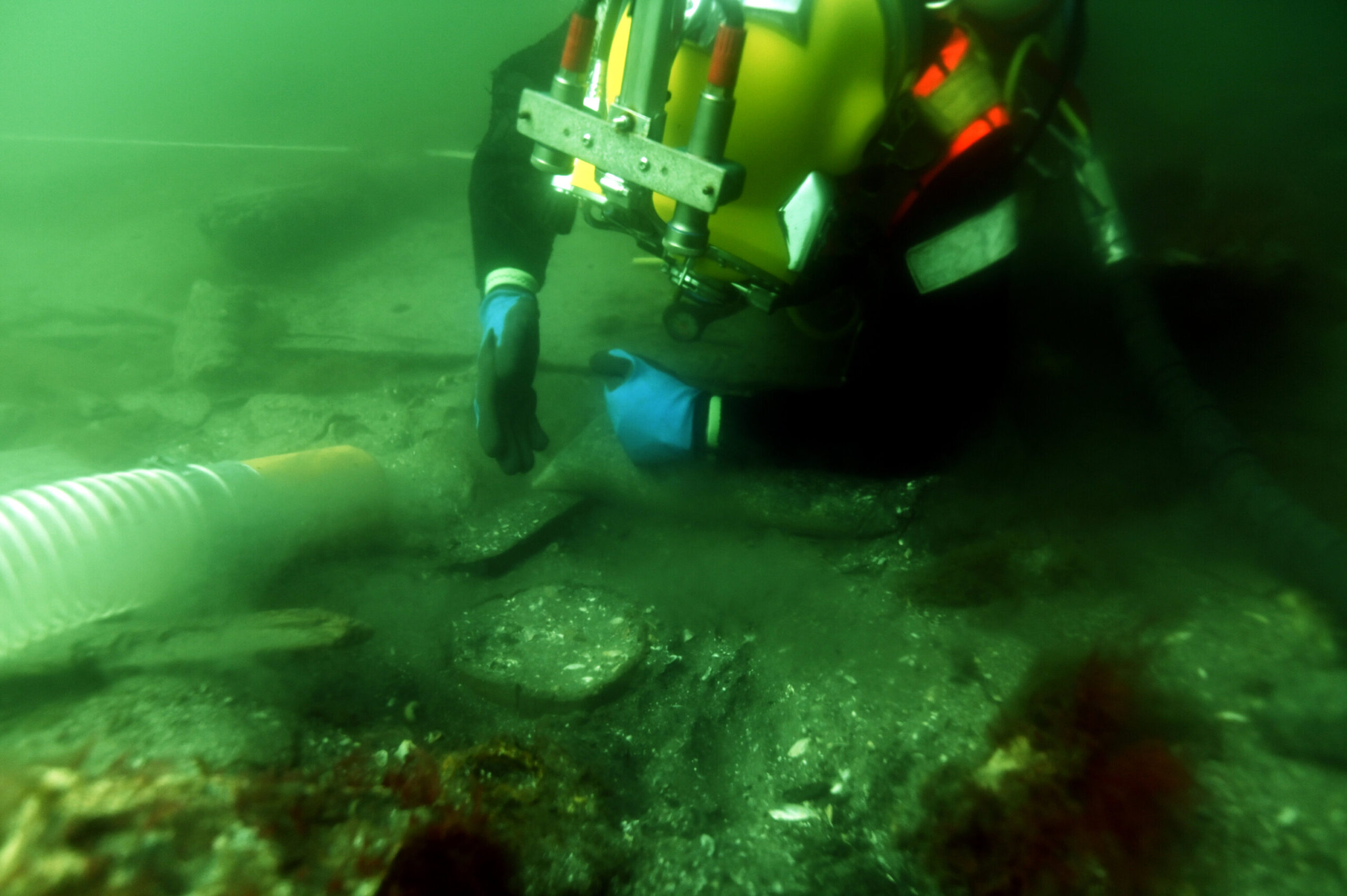History
fromNonprofit Quarterly | Civic News. Empowering Nonprofits. Advancing Justice.
53 minutes agoBeyond the Plantation Economy: How Alabama Can Benefit from Cooperatives | Nonprofit Quarterly | Civic News. Empowering Nonprofits. Advancing Justice.
Alabama's plantation legacy continues through labor-discipline, de-skilling, profit concentration, and wealth extraction shaping modern factories, prison workshops, and stalled local development.







